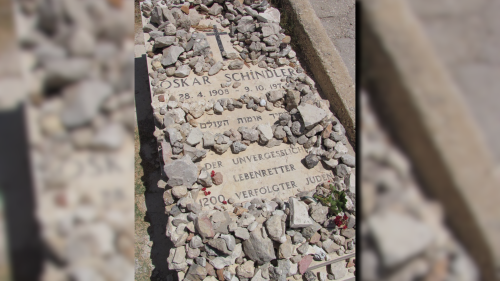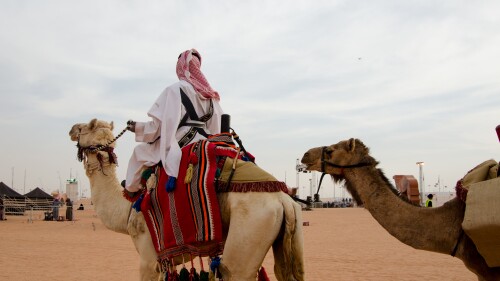Muhammad and his companions on the road to Mecca |
William Kilpatrick has written an insightful article concerning the influx of Muslim migrants into Western nations, including America. As usual, when it comes to understanding Islam, one need only look to historical precedents — beginning with prophet Muhammad himself, whose example 98% of all refugees being accepted into the U.S. follow. The key excerpt from Kilpatrick’s article follows:
As concerns the Syrian refugee crisis, Christians are regularly reminded that the Holy Family were once refugees in Egypt. Yes, but the culture brought into the world by the Holy Family is worlds apart from the one introduced six centuries later by Muhammad.
Let’s not forget that the Holy Family were once refugees. But in regard to the present crisis there’s another and perhaps more appropriate analogy to consider: Muhammad and his followers were also once refugees. He and his group of about 100 men, women, and children had long overstayed their welcome in Mecca. According to Muslim chroniclers, they had to flee in order to avoid persecution. Fortunately for Muhammad, the more “enlightened” citizens of Medina extended an invitation to the Muslims to come and live in their city. It is not recorded whether or not they held up large “welcome refugees” banners as is now the custom at European train stations, but they soon enough experienced the kind of regrets that Europeans are now having. Muhammad gradually acquired wealth and converts, and within a half-dozen years he was the master of Medina. Those Medinans who were not exiled or slaughtered were thoroughly subjugated. Muhammad then used Medina as the launching pad for his conquest of all Arabia. Within a century of his death, his followers had conquered nearly half of the civilized world.
For more historical precedents, read “Europe Should Learn Ethiopia’s Islam Lesson,” and see how the African nation’s hospitality to Muhammad’s disciples ended.
Raymond Ibrahim is a Judith Friedman Rosen Fellow at the Middle East Forum








